Finding The Best Dog Breed for You
Whether it is your first ever pet or you are an experienced dog owner, it is crucial to get a dog breed that fits your lifestyle. A mismatched pairing is not only going to make your life miserable, but your new four-legged friend is also going to suffer. So, if you are an active person who likes to hike, go for runs, or just generally be outside, you are in the right place. These most active dog breeds are sure to be a welcome addition to your family.
1. Siberian Husky
Outgoing, independent and athletic, the beautiful Siberian Husky is attractive to many but suitable for few. They retain the traits and drives of their ancestors who worked pulling sleds all day. Without enough exercise, mental stimulation and social contact, they can very quickly become a nuisance by inflicting massive destruction to house and property and continually escaping. There are many activities you can share with a Siberian that loves running more than just about anything; jogging, hiking, biking, skijoring, cross-country skiing, and sledding are all activities your husky will enjoy. The Husky is one of the most active dog breeds, so plan on providing a minimum of 1 hour a day of strenuous exercise – every single day!
Learn more about the Siberian Husky.
2. English Springer Spaniel
Lively, affectionate, and alert, the English Springer Spaniel would make a fantastic watchdog and family companion. These cheery pups are great with children, but they can be wary of strangers, and downright aggressive towards other dogs. Socialization and training are encouraged to create a better-suited, well-rounded pup for your home. It is important to begin training this highly active breed early if you are unsure of where to begin this introduction to training can help you get started.
Learn more about the English Springer Spaniel.
3. German Shepherd
The German Shepherd Dog is confident, brave, and extremely intelligent. He is also a dependable, versatile working breed who can perform a wide variety of jobs: herding livestock, working with police and much more. The German Shepherd is not a good fit for apartment living, and access to a large yard is recommended. If he does live in an apartment, regular exercise sever times a day is essential. This active dog breed needs daily brisk walks and opportunities to run freely as often as possible. German Shepards are great companions though as they enjoys jogging and playing catch.
Learn more about the German Shepherd.
4. Labrador Retriever
Initially bred in Newfoundland, the Labrador Retriever has become as American as apple pie. One of the most popular active dog breeds in the U.S. and the U.K., a well-bred lab is a steady, affectionate family dog if given adequate exercise and stimulation. Most will require an hour of hard exercise every day; some will be good with a 45-minute walk. Not overly sensitive to children’s clumsy ways, the Lab is generally a good family dog, although they can easily knock a toddler over. Just as your dog will need careful socialization to learn appropriate behavior around children, your children must be taught how to properly interact with your Lab.
Learn more about the Labrador Retriever.
5. Border Collie
Border Collies live to work. Energetic, possessing immense mental and physical stamina and working drive, these dogs are suitable for a very few. Imagine a dog bred with enough intelligence to herd huge flocks of sheep over hilly terrain all day, every day. Now imagine that dog, with all the same energy and drive, in the average home; it is easy to see that this is not the dog for apartment or condo life. Indeed, it is not even the dog for many with large yards. For anyone who wants a laid back, cuddly couch potato or stay-at-home dog, this isn’t it. Border Collies are one of the most active dog breeds and require a great deal of exercise to be comfortable.
Learn more about the Border Collie.
6. Beagle
A small, sturdy hound with a soulful expression, Beagles are a popular pet for their good nature, playful personalities, and small size. Beagles make excellent family dogs as they usually enjoy children. Additionally, being bred to hunt in packs, they generally get along well with other dogs. Typically Beagles are very friendly and inviting to family and strangers alike. However, you should not count on your Beagle to be a great watchdog.
Learn more about the Beagle.
7. Poodle
The Poodle is a very old breed, established in Germany, not France as is often believed. They were developed to retrieve downed waterfowl in marshlands. This elegant and intelligent breed has been used to develop many breeds, including the Irish Water Spaniel, the Curly-Coated Retriever, the Pudelpointer, and more recently, Labradoodle and Goldendoodle, not to mention many other “doodles.” Poodles embody the traits of a fine working retriever; an athletic, strong swimmer that is fond of people with a natural desire to work.
Learn more about the Poodle.
8. Dalmatian
Dalmatians are the product of their environments. If the pet owner is cruel and aggressive, the Dalmatian will mimic those actions. Whereas, if the pet owner is affection and playful, the Dalmatian will mirror that behavior. Most Dalmatians are very high-energy, so a fenced-in backyard is an ideal place for them, especially if they have grown up around another dog. When socialized well, these dogs are great with other pups, so a dog park would be a good idea too. If a park is not available close by, a few long walks around the neighborhood will suffice.
Learn more about the Dalmatian.
9. Shetland Sheepdog
The Shetland Sheepdog is known as a very friendly and loyal breed. You are not likely to have any problems with aggression when it comes to your new pup. This breed is social with everyone that is welcomed into your home. For unwelcome guests, your Shetland Sheepdog makes for a good watchdog and will alert you to any intruders. You will find that Shetland is excellent with children, enjoying to play and will match your child’s energy levels. Your puppy will be quite active outdoors, but knows how to calm down inside of your home.
Learn more about the Shetland Sheepdog.
10. Pembroke Welsh Corgi
Also known as Pems, the Pembroke Welsh Corgi is a royal favorite, as the Queen of England owns, and has owned, several of the adorable, tiny pups. They make excellent, albeit stubborn, companions to singles, couples, and families alike. Their overall temperament is even, but they have a natural herding instinct that can cause them to yip and nip at smaller animals and children. However, this is something that can be trained out of them. During the daytime, the Pembroke Welsh Corgi needs plenty of exercise, so a romp in your fenced-in backyard would be ideal. However, if you lack a backyard, take him over to a dog park for an hour-long play session with other pups his size. You should also walk your Pem at least twice per day and invest in a few toys for indoor playtime.
Learn more about the Pembroke Welsh Corgi.
11. Miniature Pinscher
Also playfully referred to as the king of the toy breeds, or Min Pins, the Miniature Pinscher is a sweet, affectionate, lively pup with a fearless nature. Min Pins are outgoing and boisterous little dogs, so they need plenty of daily exercise to deplete their built-up energy. However, exercise for a Min Pin might be different than for a bigger pup. For example, Miniature Pinschers would do well in an apartment, where they have the room to run, with a stockpile of toys to play with and sling around.
Learn more about the Miniature Pinscher.
12. Golden Retriever
The Golden was developed to be a “gentleman’s hunting companion”, and still retains the many highly desired qualities of a great family dog that have made it so popular. Friendly, sweet, calm and tolerant, Goldens are highly social and very affectionate. They typically are good with children, other dogs, and strangers. Their high sociability means they need to be included in family activities; they are members of the family and are not well suited to spending long periods alone. They will want to go along camping, hiking, or on a family evening walk.
Learn more about the Golden Retriever.
Be Ready for Your Active Dog Breed
When selecting which of the most active dog breeds is right for you, it is essential to be realistic. Take a moment to consider your abilities as a dog owner before taking on an active breed. If you are a first-time dog owner, it does not mean you should not get an active dog breed, but it is vital that you do your research first. Make sure to review our in-depth dog breed guides as well as our first-time dog owner and dog training guides.

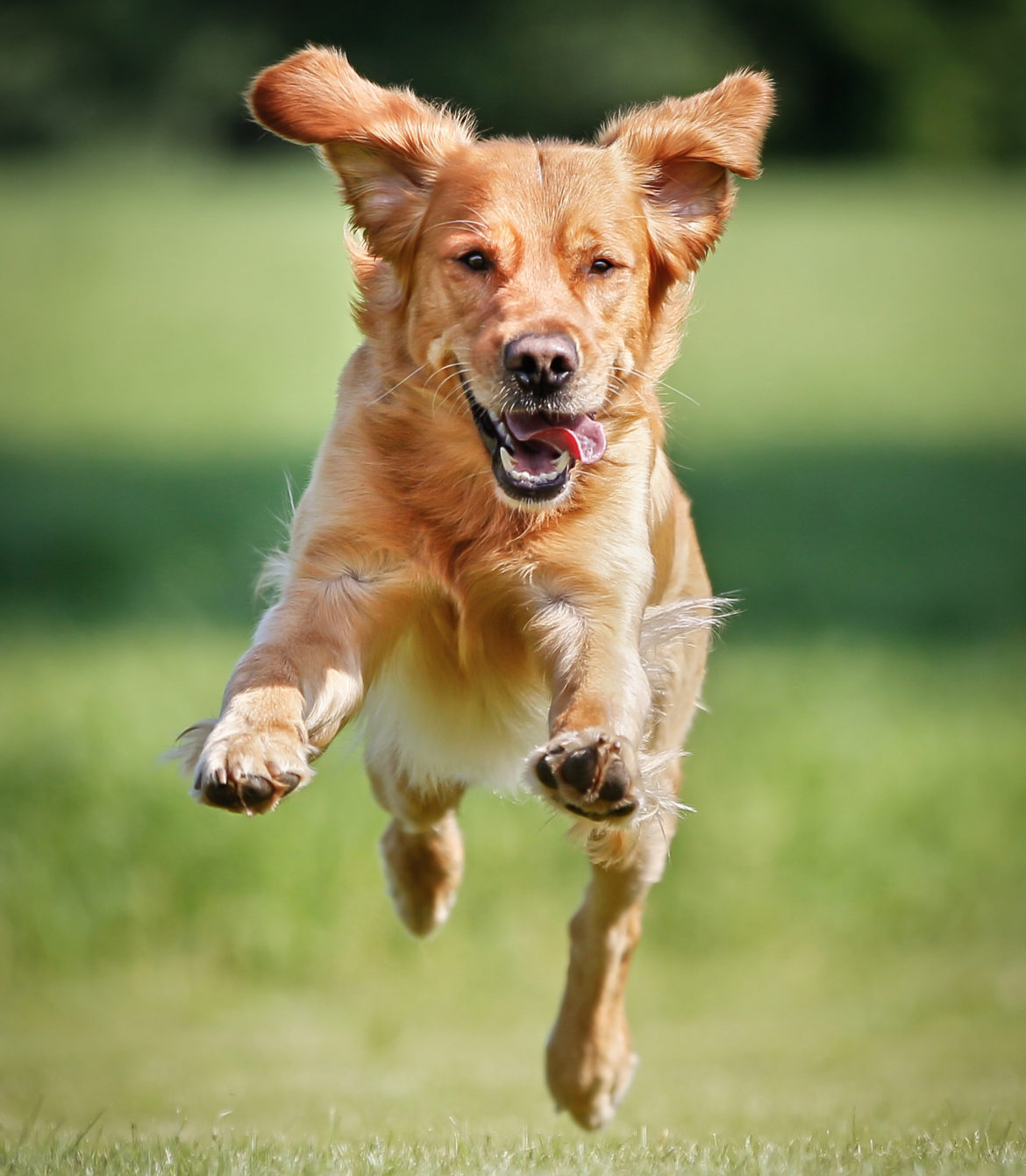
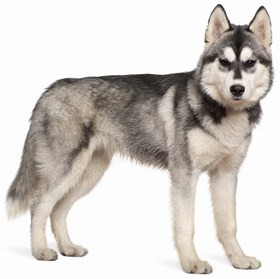

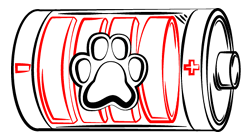


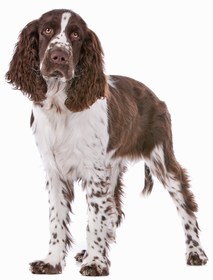



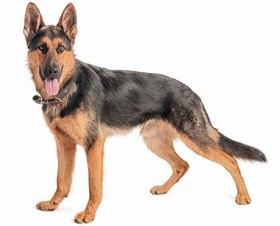

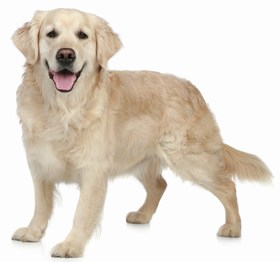
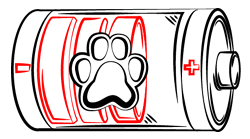

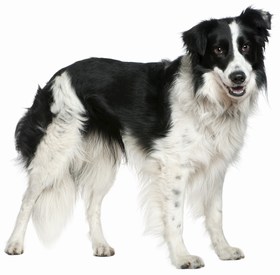
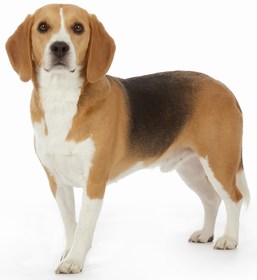

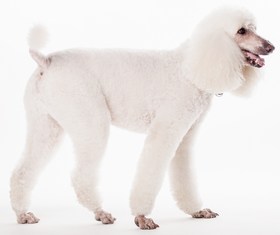
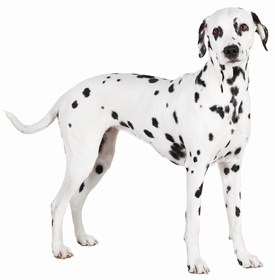

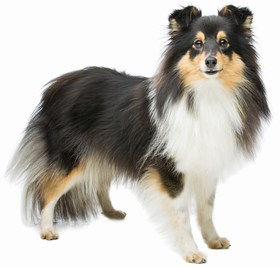
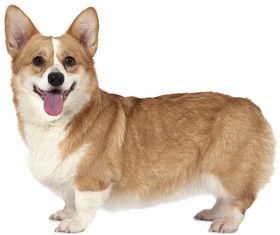




3 comments
[…] to work, the Siberian husky is a very active and energetic dog that needs regular exercise and a lot of space to run freely. Mischievous and fun, the husky is a […]
[…] example, active dog breeds like Siberian huskies and border collies who were bred to work might need more than two hours of […]
[…] you are an active family, an active dog breed might be a perfect choice. On the other hand, a senior or low-energy breed can be a better option […]